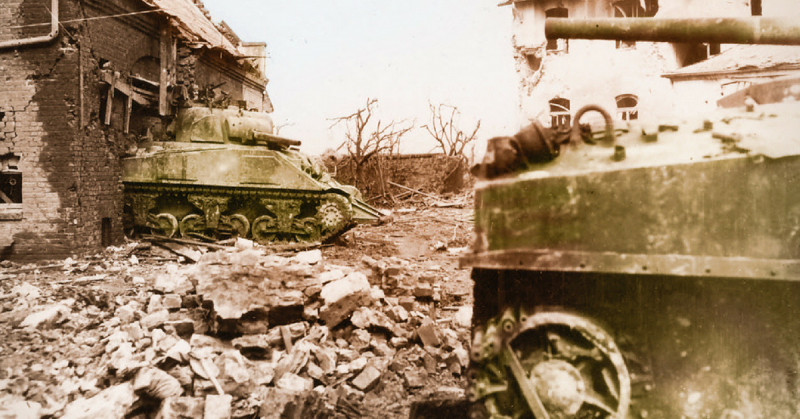Grey eyed and craggy-featured, General Norman Cota was one of the more distinctive generals who took part in the 1944-5 campaign in Western Europe.
A tough and inspiring frontline general, he was one of the most impressive leaders on D-Day but lost status through later mistakes.
Early Life
Born in 1893, Cota came from a relatively well-off family. He studied at Worcester Academy before going to the military school at West Point at the age of 20, where he gained the nickname “Dutch”. He graduated in 1917 but didn’t make it to the First World War then raging in Europe.
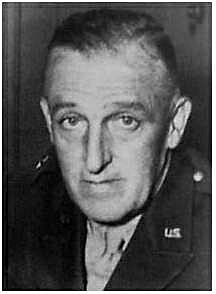
War at Last
After various peacetime postings, Cota saw his first action in November 1942. He took part in the amphibious landings of Operation Torch, and the American invasion of North Africa. During the subsequent campaign, he served as an officer in the 1st Division, known as the “Big Red One”.
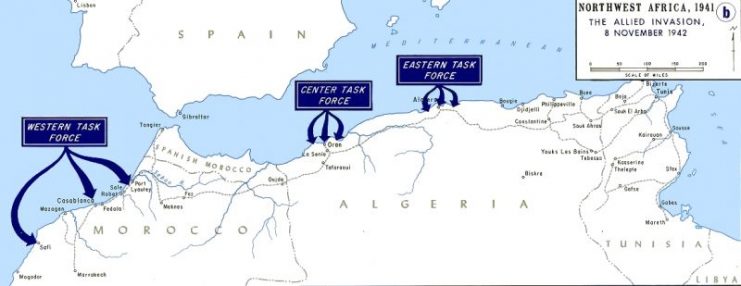
From Africa, he was sent to Britain, where he worked under Lord Mountbatten as part of the Combined Operations HQ. By now, plans were being laid for Operation Overlord, the Allied invasion of Normandy.
During the planning, Cota was among the officers calling for the landings to start at night. In this scenario, elite troops could have landed and made their way off the beaches under cover of darkness, getting in among the Germans with lower casualties. The idea was rejected by the naval and air commanders, who needed daylight to effectively bombard enemy defenses.
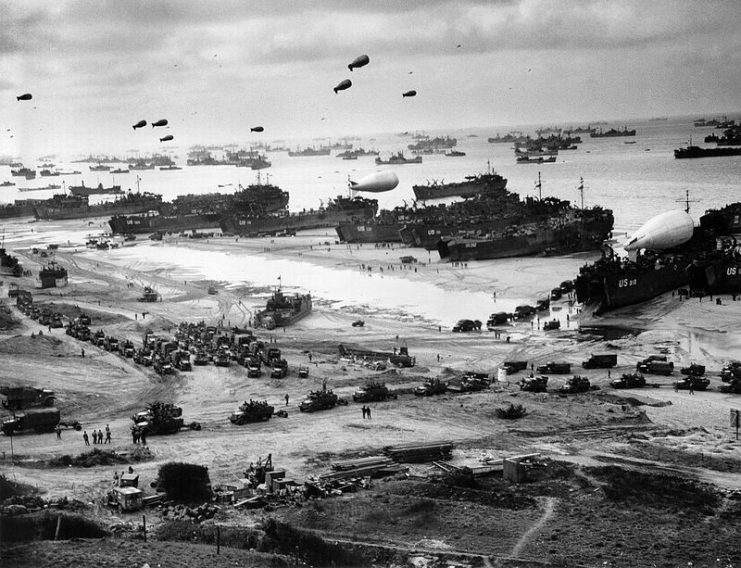
By now a Brigadier General, Cota was made deputy commander of the 29th Infantry Division. After two years of waiting in England, the 29th had developed a fear of combat, and part of Cota’s role was to get them past this.
D-Day
As they waited to go in, Cota warned his officers that things would not go smoothly. There would be confusion, landings delayed and ending up in the wrong place, and of course resistance from the enemy.
On D-Day, the 6th of June 1944, Cota’s division landed on Omaha beach. Cota himself landed at 7.30 in the morning along with his command group. As he had predicted, the situation he landed in was confused, a tangled mess of men and equipment. He immediately set up his command post and started asserting some order, even as two of his command staff were killed within feet of him.
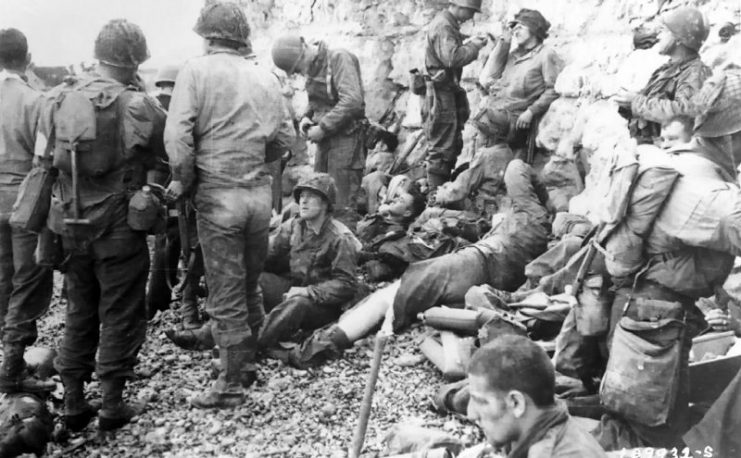
As one of two generals on Bloody Omaha, Cota roamed the beach, ordering men into action against the Germans holding them up. At his urging, Rangers advanced through the enemy lines and explosives were provided to engineers to break German defenses. As the troops started pushing off the beach, Cota strode up and down the slope, personally urging men on through minefields and past litters of dead bodies.
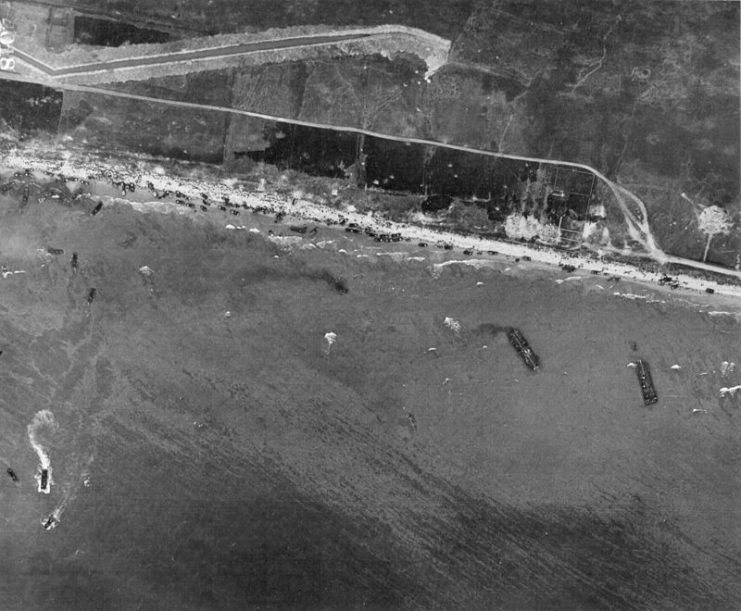
When a group of Rangers became pinned down near Vierville, Cota led by example. He walked out across the open ground ahead of them. When he wasn’t immediately gunned down, the Rangers followed him, restarting their advance.
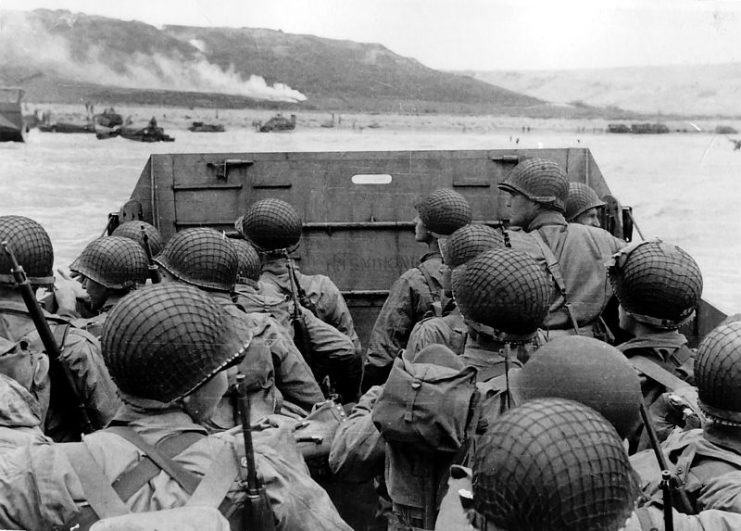
For his action on D-Day, Cota was awarded the Silver Star by the Americans and the Distinguished Service Order by the British.
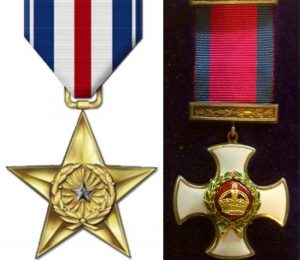
Off the Beaches
As they headed south off Omaha beach, the Americans met stiff resistance. Dug in amid the dense terrain of the Norman bocage, the Germans held strong defensive positions. Cota became an important force in keeping the 29th moving.
On the night of the 7th of June, American forces captured Isigny. Cota was one of the first into the ruined town, striding across a bridge the Germans had left intact, showing no fear of snipers.
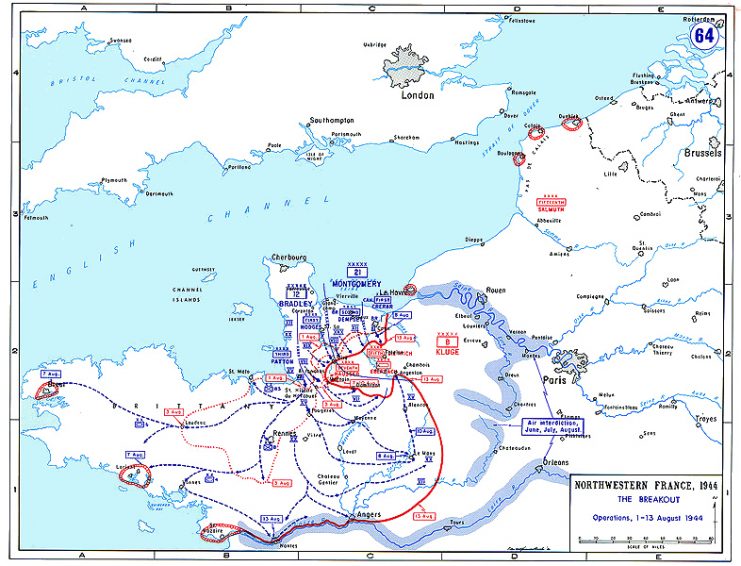
As his men advanced through the countryside, Cota led by example. He encouraged them to keep moving, using mobility to their advantage, and he was often at the front of the advance. On the 11th of June, as his troops came under heavy fire, he stood by a road junction smiling and joking about “Cota’s Last Stand.”
It was not to be a last stand, but instead one more moment in making his reputation. During a campaign when many officers were sacked for their failings, Cota became a figure of renown, hugely respected by his men.
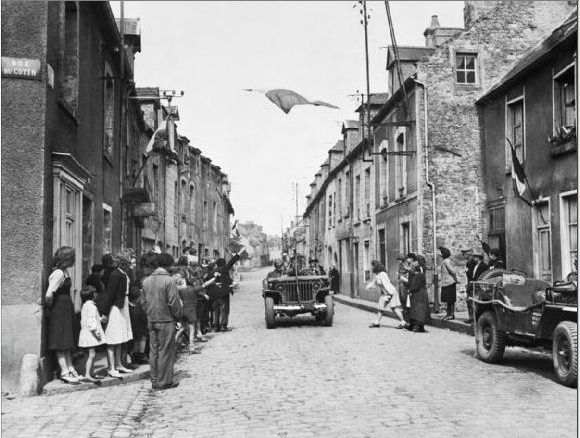
The Bloody Bucket
In August, Cota was promoted to Commander of the 28th Infantry Division.
Following the liberation of France, the 28th were flung into the bitter and protracted fighting for the Hurtgen Forest. This was one of the great American failures of the war, in which thousands of lives were lost failing to make advances against tough German positions.
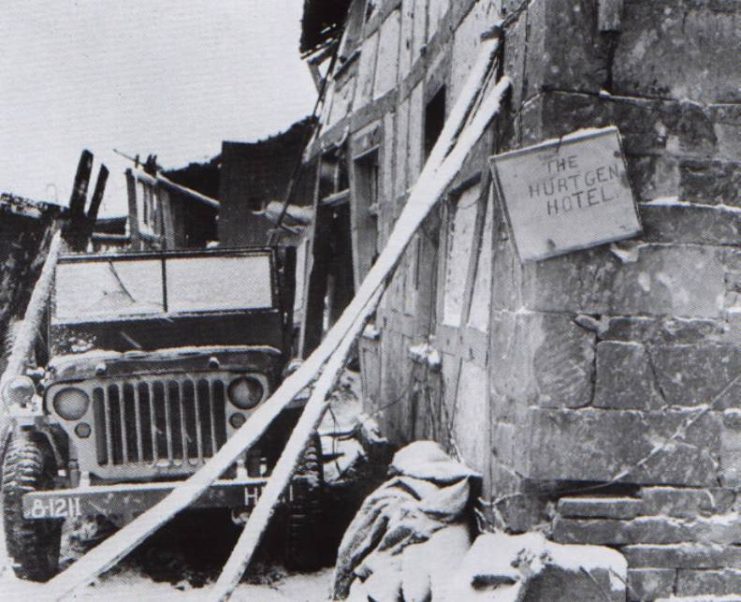
In late October, the 28th were given the task of taking the township of Schmidt, from which they could control the local road network. Cota raised concerns about trying to take this position, which would involve an uphill attack against dug-in Germans. When his superiors did not respond, he went on with planning the attack rather than fight his corner.
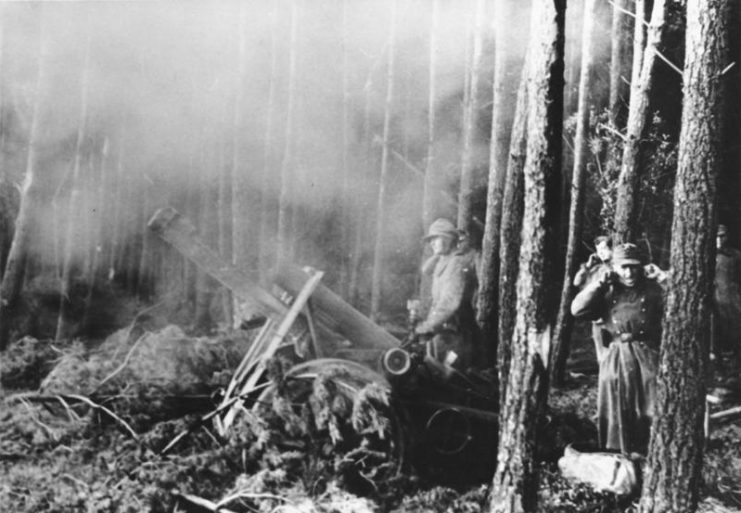
Launched on the 2nd of November, the attack on Schmidt proved a costly disaster. A German counter attack smashed the American assault and the 28th took heavy casualties, earning the division the nickname “the Bloody Bucket”. This time Cota wasn’t on the front lines but commanded from further back.
As reports of casualties and lost ground came in, he resisted the call for a withdrawal until the evidence became overwhelming. At last, he gained permission from higher up to pull his men back.
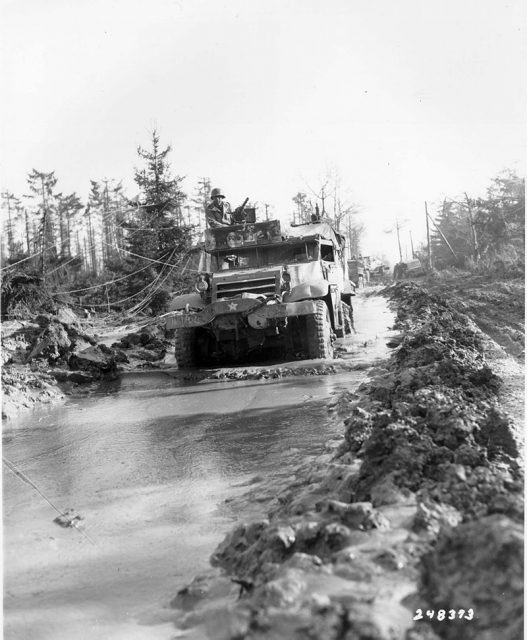
Ending with a Whimper
The following February, the Hurtgen almost ended Cota’s career. One of his signal officers lost a truck containing top secret information. Cota’s past record and his connections saved him from disaster, but he received an official reprimand. Between this and the failure at Schmidt, his fate was sealed. He would not advance to become a Corps Commander.
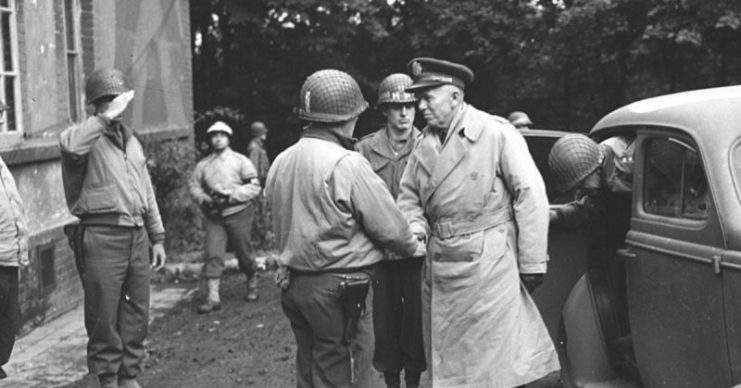
He commanded the 28th until the end of the war, retired from the army in 1946, and died peacefully in 1971. His combat career had been a short one, in which he had earned great renown and goodwill before losing that prestige in blood and mistakes in the Hurtgen.
